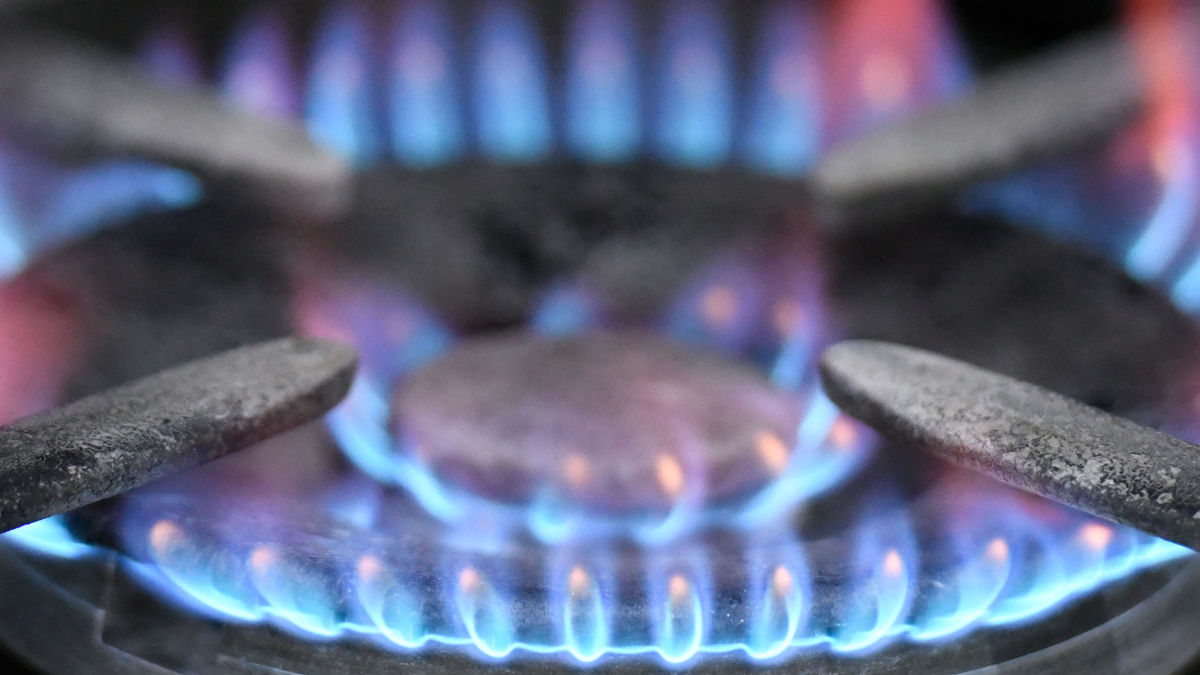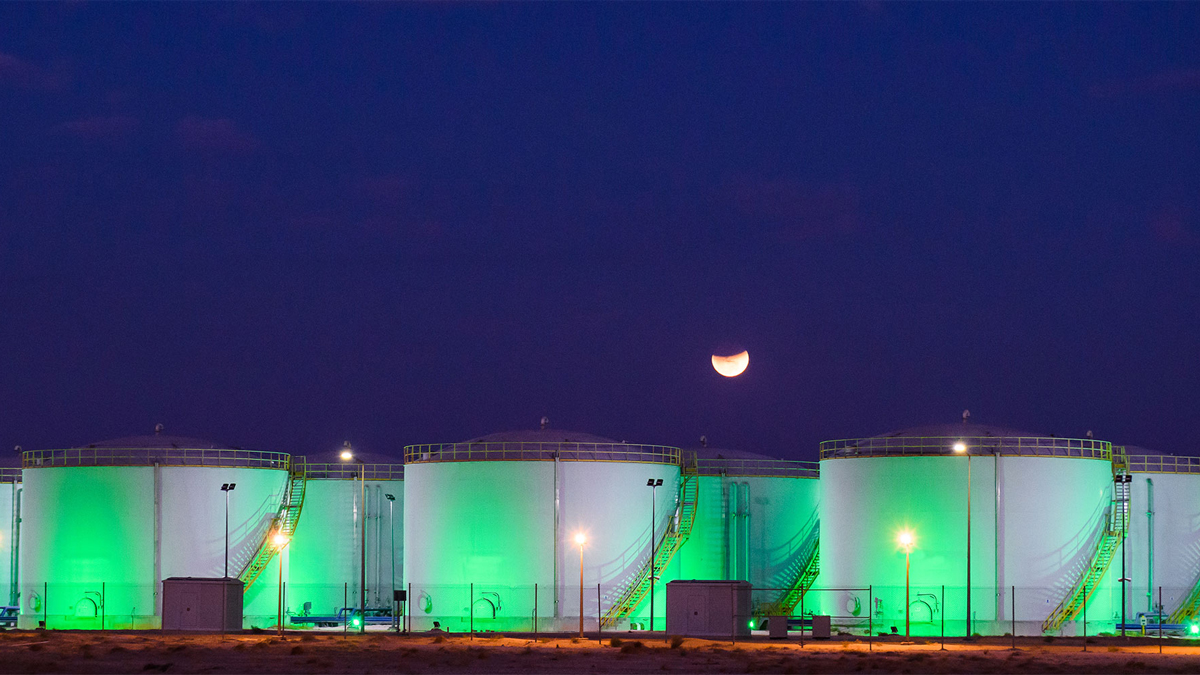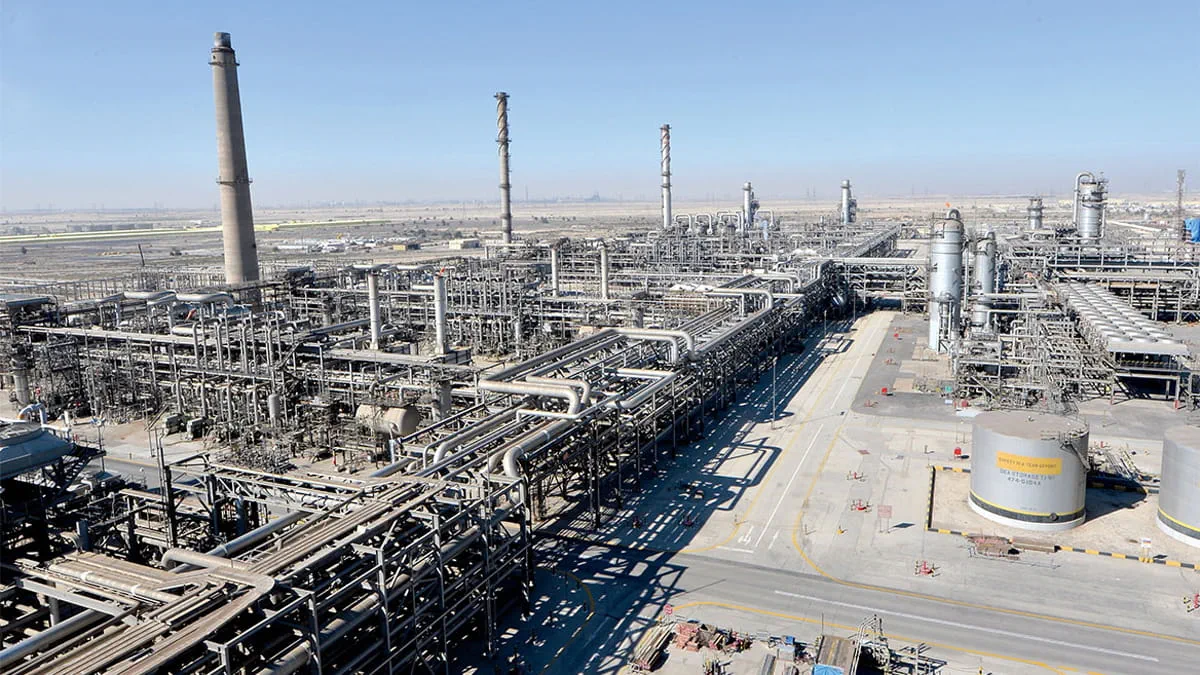Reserving crude oil for better economic use
Strategy flows toward natural gas

Global July 09, 2020 - By
Saudi Aramco is lightening the world’s carbon footprint by building an international natural gas business.
By 2030, Saudi Aramco plans to be among the world’s top three natural gas producers and export gas for the first time. To meet future global and domestic energy demand, the Company’s gas production is expected to double in the coming decade to 23 billion standard cubic feet per day (scfd).
As of December 31, 2019, Saudi Arabia had proven natural gas reserves of 237.4 trillion standard cubic feet. Through the same year, Saudi Aramco produced 9.0 billion scfd of natural gas from its portfolio of 510 reservoirs, within 138 fields.
In addition, during 2018, Saudi Arabia was the country with the seventh highest natural gas demand globally, driven by the Kingdom’s program to diversify its energy away from crude oil and liquids for power generation. Low-cost clean feedstock is needed for ongoing expansions in the country’s petrochemicals and power industries.
With extensive high-quality gas reserves, and exclusive access to its large and growing domestic marketplace, a significant portion of Saudi Aramco’s current exploration activities relate to gas. Increased gas production will come from infrastructure increments to current projects and large untapped gas reserves not associated with oil production, such as unconventional gas fields in the Kingdom’s north.
Dual challenge to grow but reduce
For decades, energy produced by oil and gas companies has grown economies and lifted people out of poverty. Saudi Aramco’s Vice President of Gas Operations, Abdullah M. Al-Ghamdi, says there is a dual challenge now to continue to meet growing energy demands, but at the same time reduce greenhouse gas emissions.
Over time, Saudi Aramco is seeking to develop an integrated global gas portfolio.
“Over time, Saudi Aramco is seeking to develop an integrated global gas portfolio,” said Al-Ghamdi.
“Saudi Aramco is pursuing investment and joint venture opportunities outside the Kingdom in natural gas and LNG projects,” he noted. “It’s a strong action toward lightening the world’s carbon footprint.”

Natural gas piece in energy transition
Climate change — and the United Nations’ call for universal energy access — is propelling demand for lower carbon intensity fossil fuels like natural gas. The transition to a cleaner energy system for our planet is complex, and has no singular or quick switchover answers.
Most agree that getting coal use out of electrical grids is important for solving the complex problem of reducing emissions. Renewables, including nuclear power, are part of the answer — especially for regions currently without power grids.
Gas, however, is widely considered an important piece in the solution mix. It is needed as a bridging fuel during the energy transition, and as an ongoing energy source for when the sun isn’t shining, the wind doesn’t blow, or at times of high-energy demand.
Natural gas is simply methane
Natural gas is a lower carbon energy source. It consists primarily of methane, which, at its molecular core, is simply just one carbon molecule surrounded by four hydrogen molecules (CH4).
This simple particle composition makes gas a clean, affordable and consistent fuel. In addition to generating electricity, gas is used in many industrial processes, such as making fertilizers, glass, steel, plastics, paint, and fabrics.
Methane production, however, requires thoughtful expertise as its uncontrolled emission to the atmosphere contains more greenhouse gas warming potential than carbon dioxide. With a 2018 methane intensity of 0.06%, Saudi Aramco’s methane emissions are among the lowest in the industry.

Saudi gas development
With a heritage dating back to 1933, Saudi Aramco has always been ahead of the gas game. In 1975, the company decided to build a Master Gas System (MGS) to collect natural gas and harness it for the Kingdom’s local energy mix.
The decision taken 45 years ago represented a giant leap in Saudi Arabia’s industrial development, and allowed crude oil to be reserved for higher value uses. Growing domestic demand has seen significant growth of the MGS, and in 1984 Saudi Aramco began developing the Kingdom’s nonassociated natural gas reservoirs.
Saudi Aramco nonassociated gas fields
- North: Karan, Arabiyah, Khursaniyah and Hasbah
- South: Greater Ghawar area, Ghazal, Midrikah, Nujayman, and Tinat
Recent major Saudi Aramco gas advances
- Wasit Gas Plant: Onstream in 2015 with a 2.5 Bscfd processing capacity
- Midyan Gas Plant: Onstream in 2017 to supply nonassociated gas to Saudi Electricity Company
- Fadhili Gas Plant: Partially commissioned Q4 2019 to supply 2.0 Bscfd
Regulatory approval for the Company to develop its largest nonassociated gas field to date was granted in February of this year. The Jafurah unconventional gas field in the Eastern Province spans 17,000 square kilometers, and has an estimated resource of 200 trillion cubic feet of rich raw gas.
Saudi Aramco understood the importance of gas 45 years ago, and today operates 10 gas processing plants— Berri, Shedgum, ‘Uthmaniyah, Hawiyah, Haradh, Khursaniyah, Wasit, Midyan, Fadhili, and northern Saudi Arabia. The gas processing facilities in northern Saudi Arabia are the first unconventional assets in that area of the Kingdom, with processing capacity of 400 million scfd — the company is as astute as ever about gas.



